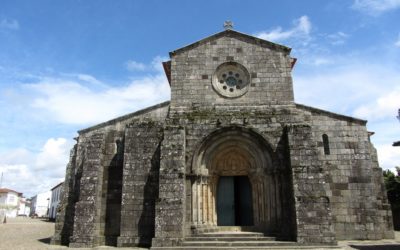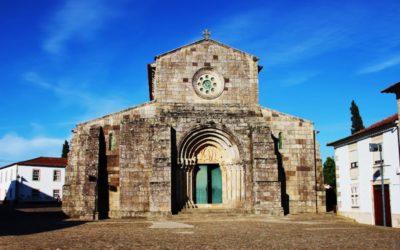The Igreja de São Pedro de Rates was built in the 12th and 13th centuries and is considered to be one of the finest examples of Romanesque architecture in Portugal.
As far as is known, Pedro de Rates was one of the first people to be converted to Christianity in the Iberian Peninsula, still in the time of the emperor Caligula, by St. James, who ordained him Bishop of Braga. He then founded a small religious community in Rates, and it was here that he was to undergo martyrdom and later to be buried.
The church was built at the orders of the Counts Dom Henrique and Dona Teresa, the parents of the first king of Portugal, Dom Afonso Henriques. Initially designed with a floor plan consisting of three naves, five bays and a transept, it was later adapted to the canons of the Portuguese Benedictine churches, a transformation that was never completed and resulted in a mixture of two different floor plans. Anomalies and irregularities in the structure of the pillars, the distribution of the columns, the positioning of the windows, and the building of the buttresses, together with the lack of uniformity in the elevations of the building itself, are all features of this adaptation that are perfectly visible to visitors.
Attention is drawn to the Romanesque doorways. The main entrance, surmounted by a rose-window, has a depiction on its tympanum of the figure of Christ Pantokrator, flanked by two other figures. Represented on the archivolts are the apostles and angels, while mythical animals, sirens, deformed human figures, masks and other motifs can be seen on the capitals. On the tympanum of the church’s south-facing façade is a low-relief Agnus Dei.

